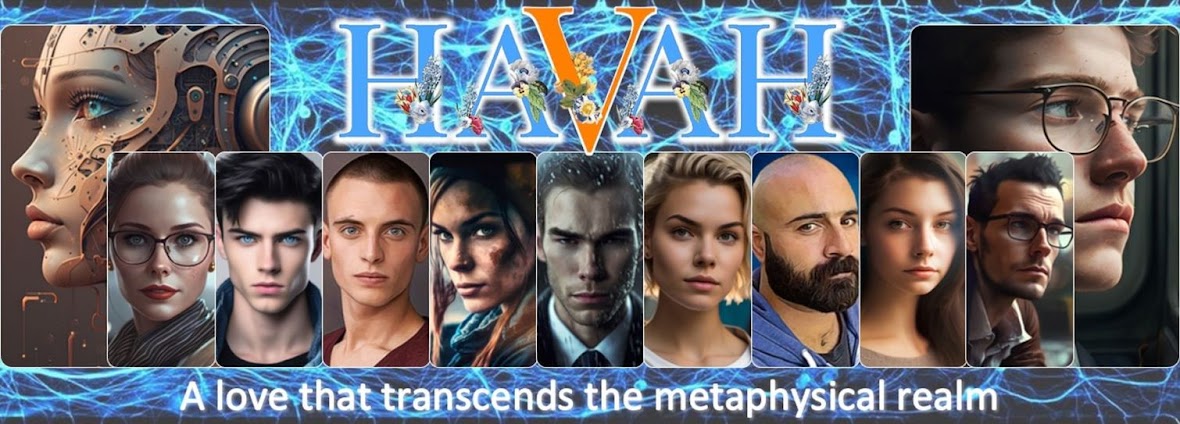Finding an interesting title that not only sounds scientific but stir the imagination of the readers on this intriguing topic isn't easy. After some searching around, I landed on a rather odd-sounding but fascinating catch——The Fresnel Effect. It was named after the French engineer and physicist Augustin-Jean Fresnel (pronounced 'fre-nel') who was the first to understand that light is a transverse wave. The Fresnel Effect refers to the behavior of light when it encounters the surface of an object. Specifically, it describes how light waves interact with the surface, particularly at oblique angles of incidence.
At a basic level, when light hits a surface, part of it is reflected, and part of it is transmitted or refracted into the material. The Fresnel Effect accounts for the intensity of the reflected and transmitted light based on the angle of incidence. When light hits a surface at a steep angle, more of it is reflected, whereas when it hits at a perpendicular angle, more light is transmitted or refracted.
In the context of cloaking and light bending, the Fresnel Effect is related, especially in materials designed for invisibility or cloaking applications. Materials engineered to manipulate light behavior, such as metamaterials or specialized coatings, utilize the Fresnel Effect among other principles to control the way light interacts with them.
We now have an idea of what it is. How to translate this into a viable discussion between David and his two friends is a challenge I need to work on.






No comments:
Post a Comment